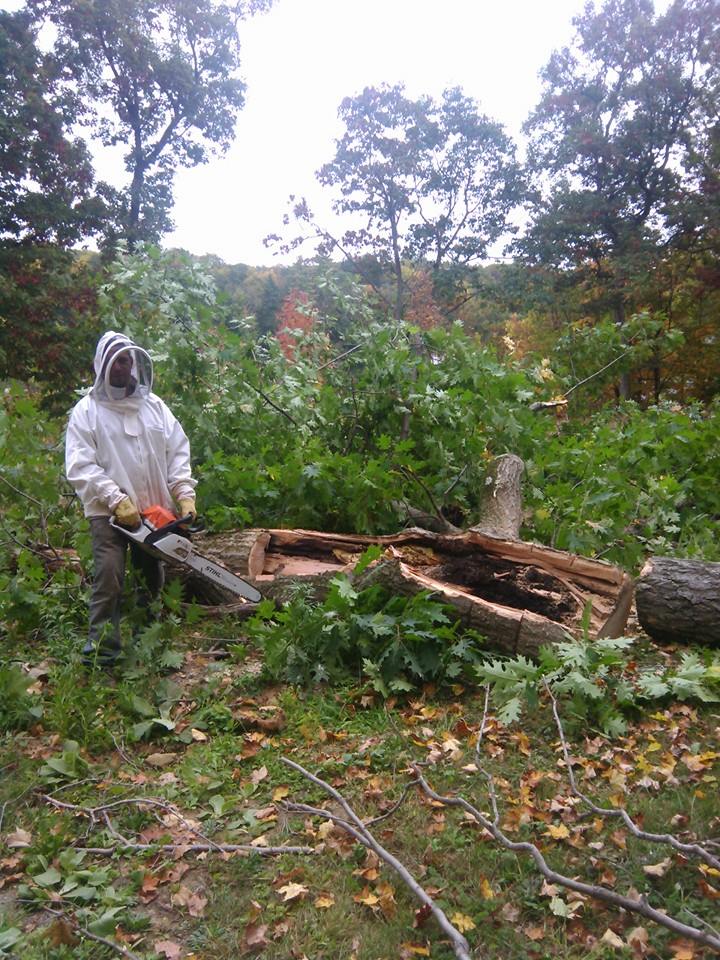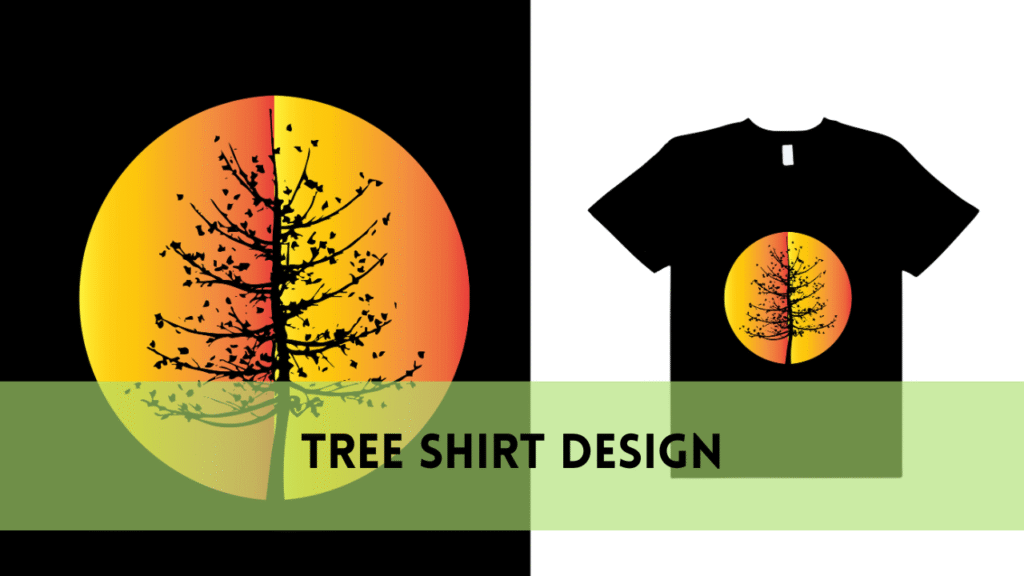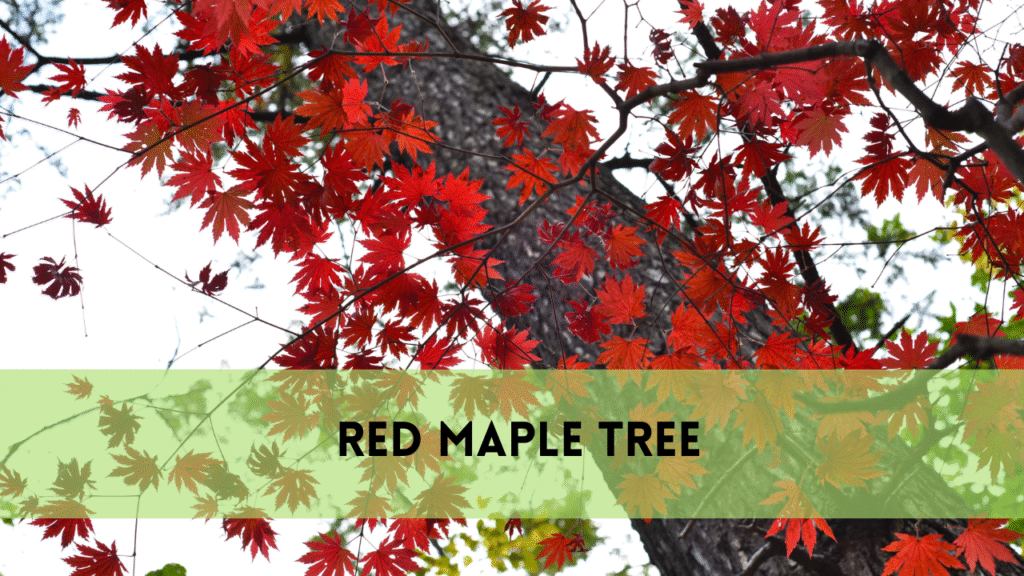Have you ever had a tree in your backyard grow into an unruly monster, throwing shadows over your garden, shutting out the light, or even encroaching on your neighbor’s property? If this is the case, you are not alone. Many people find themselves in this situation and question how to stop tree from growing without resorting to drastic methods. This article will look at numerous strategies for limiting tree growth, ranging from basic pruning procedures to more complex ones. Let’s get started and reclaim control of your green area.
Understanding Tree Growth
Before we go into how to stop a tree’s development, it’s important to understand how trees grow. In their meristematic tissues, trees grow predominantly by cell division. Primary and secondary growth are the two basic forms of growth. Primary growth takes place at the tips of branches and roots, resulting in increased height and length. Secondary growth, which originates from cell division in the cambium layer immediately under the bark, is responsible for the tree’s girth.
Trees have an astonishing capacity to adapt to their surroundings and continue to grow under favorable circumstances. When it comes to controlling the size or form of a tree, this unrelenting growth may be a difficulty.
Pruning: A Simple Fix
Pruning is one of the most popular ways to stop a tree from growing. Pruning is the process of cutting down branches and leaves to lower the growth of a tree and preserve a specified form. It’s a simple and successful approach to limit tree growth, but it does need some expertise and attention.
Begin by identifying the branches that need pruning. Dead or diseased branches are obvious possibilities since they may harm the tree’s general health. Consider branches that are growing in undesirable directions or providing excessive shadowing.
Make clean cuts while pruning using the proper instruments, such as pruning shears or saws. To stimulate healthy regrowth, cut slightly above a lateral branch or bud. However, removing more than a quarter of a tree’s leaves in a single pruning session might cause stress.
Regular pruning, usually done during the dormant season, may assist your tree retain the appropriate size and shape. Keep in mind that over-pruning will damage the tree, so find a happy medium between regulating growth and protecting its health.
Root Pruning: Managing Growth from the Ground Up
Pruning above-ground branches is just one part of the equation. You may need to treat the root system of a tree in order to totally regulate its development. Root trimming entails cutting or reducing the tree’s access to nutrients and water.
Follow these steps to root prune:
- Determine which roots you wish to remove. These are usually the ones that extend from the trunk and are closest to the tree’s base.
- To make clean cuts, use a sharp spade or pruning saw. Avoid injuring the major structural roots, since this might cause the tree to become unstable.
- Dig a trench around the tree’s perimeter and line it with a root-blocking material such as plastic or metal to create a root barrier.
- Because root trimming is a more sophisticated and intrusive technique than branch pruning, you should contact a professional arborist before attempting it. They can evaluate the tree’s health and assist you in making educated selections.
A New Approach to Use Chemical to Stop a Tree from Growing
Consider chemical growth inhibitors if you want a more sophisticated approach to stop a tree from expanding. These are carefully created chemicals that, when given to a tree, may cause it to grow more slowly.
A plant hormone known as auxin is the most often utilized growth inhibitor. When auxin is administered to the growing tips or roots of a tree, it interferes with normal growth by preventing cell elongation. As a consequence, growth is shorter and more compact.
Growth inhibitors come in a variety of forms, including sprays, gels, and granules. Applying them to the tree may be a precise operation, therefore it’s best to engage a professional with growth inhibitor expertise.
When utilizing growth inhibitors, it is critical to properly follow the manufacturer’s recommendations. Using the incorrect dose or manner of administration might injure the tree or have unforeseen repercussions.
Control of Mechanical Growth
Mechanical measures are another way to stop a tree from developing. This method includes physically restricting the tree’s development using techniques such as staking, cabling, or wrapping.
Staking is the process of placing support stakes to a tree in order to restrict its mobility and promote a certain growth pattern. This strategy is often used to guarantee that young trees grow straight and strong.
Cabling is used on big trees with many trunks or weak branch attachments. Cables are tied to the branches of trees to keep them from growing in unwanted directions or breaking during storms.
Tree wrapping is a method of protecting young trees from pests, herbivores, and harsh weather conditions. It may also impede development by restricting access to light and nutrients.
Mechanical growth control techniques may be helpful, but they must be monitored and adjusted on a regular basis to avoid tree harm. To identify the best solution for your individual circumstance, consult with an arborist or tree care specialist.
Stop a Tree From Growing Through Irrigation and Fertilization
While it may seem paradoxical, irrigation and fertilizer may be used to influence the development of a tree. You may slow the tree’s growth by carefully regulating its availability to water and nutrients.
Water Scarcity: Trees need a continuous source of water to develop. You may restrict the tree’s growth by lowering the quantity of water it gets. However, take care not to produce drought stress, which may be harmful to the tree.
Nutrient Management: You may also regulate the tree’s development by controlling its nutrient intake. Reduced fertilizer or certain nutrients, like nitrogen, might stifle growth. To minimize hunger and tree damage, this strategy should be used with caution.
These strategies should be used with caution, since depriving a tree of important supplies might result in health problems. It is best to work with an arborist to create a personalized strategy for regulating growth via watering and fertilizer.
Considerations for Regulatory and Legal Compliance
Before attempting to stop a tree from growing, it is critical to verify local legislation and, if relevant, engage with your local government or homeowners’ association. Many locations have unique tree management and removal procedures and permits. Failure to follow these standards may result in penalties or legal ramifications.
It is also critical to examine the possible influence on surrounding properties and ecosystems. Trees offer several advantages, including oxygen generation, improved air and water quality, and animal habitat. While restricting the development of a tree may be required for your requirements, it is critical to balance these aspects with environmental and community concerns.
Related Post:
FAQs
- Can I prevent a tree from growing without causing it harm?
Yes, you can regulate a tree’s development without causing damage by using techniques such as trimming, root pruning, or the use of growth inhibitors. These strategies are intended to keep the tree healthy while also controlling its growth and form.
- Is it allowed to prohibit the growth of a tree on my property?
Local restrictions and permissions may apply, so check with your municipality or homeowners’ association to confirm compliance. Tree growth on your land should be managed in line with the law.
- How frequently should I trim a tree to keep its development under control?
The frequency of pruning is determined by the tree species and its pace of development. Pruning is best done during the dormant season, which varies depending on the tree. A consultation with an arborist may assist in determining the best pruning schedule.
- Are there any environmental concerns to be aware of while regulating tree growth?
Yes, trees are important to the ecosystem because they provide oxygen, improve air and water quality, and provide habitat for species. While it is critical to limit tree growth in order to fulfill your requirements, it is also critical to consider the larger ecological effect.
- What is the function of a professional arborist in tree growth management?
A trained arborist can advise you on the best ways to restrict tree growth while keeping the tree healthy. They may examine the state of the tree, offer suitable approaches, and guarantee that the operation is done safely and properly.
Conclusion
Controlling the development of a tree requires a methodical strategy that considers the tree’s health, environmental effect, and your individual requirements. Whether you prune, use growth inhibitors, use mechanical techniques, or regulate watering and fertilizer, it’s important to do it carefully and in cooperation with specialists when necessary. Keep in mind that trees are great assets to both your home and the environment. While it is crucial to regulate their expansion, it is also important to appreciate and care for these natural treasures. You may strike a balance that benefits both you and the environment by learning how to stop a tree from growing and using the right ways.




